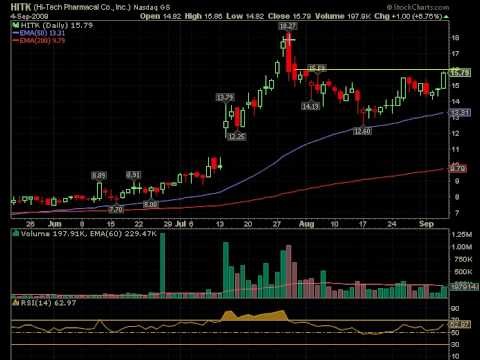Get Back In The Market With These Leading Funds And ETFs
Post on: 8 Июнь, 2015 No Comment

Follow Comments Following Comments Unfollow Comments
August brought the best gains of the summer. The S&P 500 rallied in August to close above 2,000, its 32nd record of the year. Meanwhile the Nasdaq closed above 4,000 for the first time in 14 years, although this tech-focused index is still below its all-time-high of March 2000. August’s gains marked the 10th positive month out of the last 12 for the Dow and the S&P 500.
Outside of the U.S. developed foreign markets like Europe and Japan were relatively weak. Many see the U.S. dollar as good value and a tailwind for U.S. equities. Emerging markets, however, continued to bring in good returns.
Many investors are still underinvested and those that are looking to get back in the market have many different funds to choose from. Leading diversified funds include both growth and value index funds like Guggenheim S&P 500 Pure Growth (RPG) and Guggenheim S&P 500 Pure Value (RPV). and actively managed funds that screen for socially responsible stocks like Domini Social Equity (DSEFX) and funds that exclude tobacco and weapons companies like Ariel (ARGFX) .
Almost all of the leading diversified stock funds are currently domestic funds (the one exception is Dodge and Cox Global, DODWX). but emerging markets are among the best performing aggressive stock funds. Investors who can withstand a bit more volatility could consider an emerging market fund like Vanguard FTSE Emerging Markets (VWO). Because emerging markets funds tend to be more volatile, I keep positions in these funds quite small–usually no more than 5% of a diversified portfolio.
I encourage investors to get invested and stay invested–and one of the simplest ways to stay invested through up and down markets is to hold a portfolio that includes both stock and bond funds.
Many areas of the bond market have been bringing in good returns, including intermediate-term bonds, high yield bonds, strategic or “go anywhere” bonds, and world bonds. But bond markets change over time. Many anticipate higher interest rates and when rates rise, bond prices fall, but so far this year, interest rates have fallen. The 10-year Treasury yield started the year at 3.00% and dropped to 2.35% at the end of August.
Special Offer: Janet Brown’s NoLoad FundX is among Hulbert Financial Digest’s top-ranked long-term fund and ETF newsletters. Click here to start profiting.
No one knows when interest rates might rise or whether rates will rise gradually or sharply. Rather than trying to predict the next rate increase, I invest in what’s doing well now and I change my bond portfolio as market conditions change. When rates eventually rise, I’ll be led to invest in more defensive funds, but for now, I’m taking advantage of good gains from bond funds like DoubleLine Core Fixed Income (DLFNX). an intermediate-term bond fund, and PIMCO Income (PONDX). a leading strategic bond fund.
I also continue to have about 20% of my bond portfolio in high yield bonds, like Janus High Yield (JAHYX). High-yield bonds can be volatile (and that’s why I believe investors should limit their exposure to these funds), but these funds are usually more affected by default rates than interest rates.
Janet Brown is president of FundX Investment Group and editor of NoLoad FundX .














